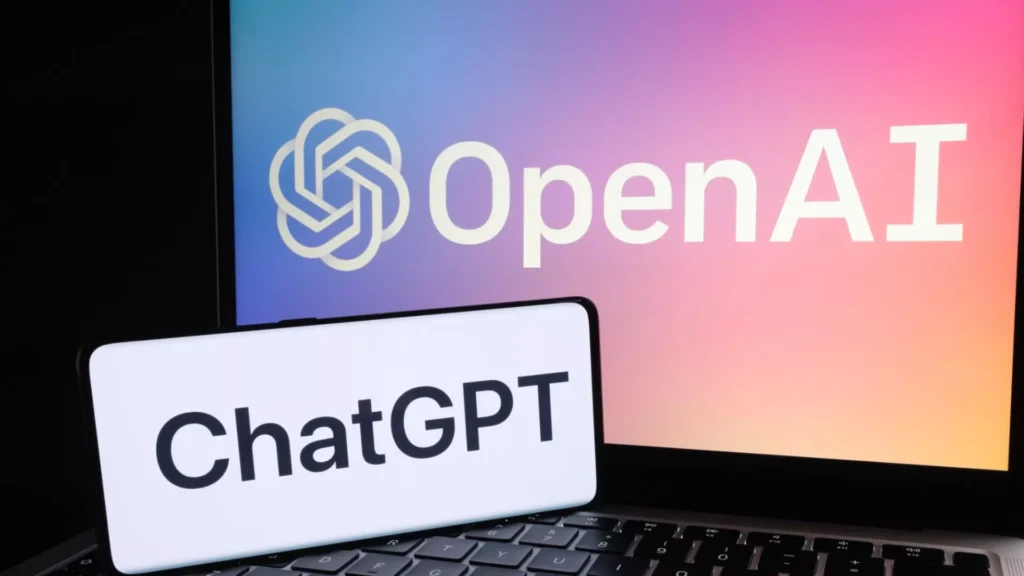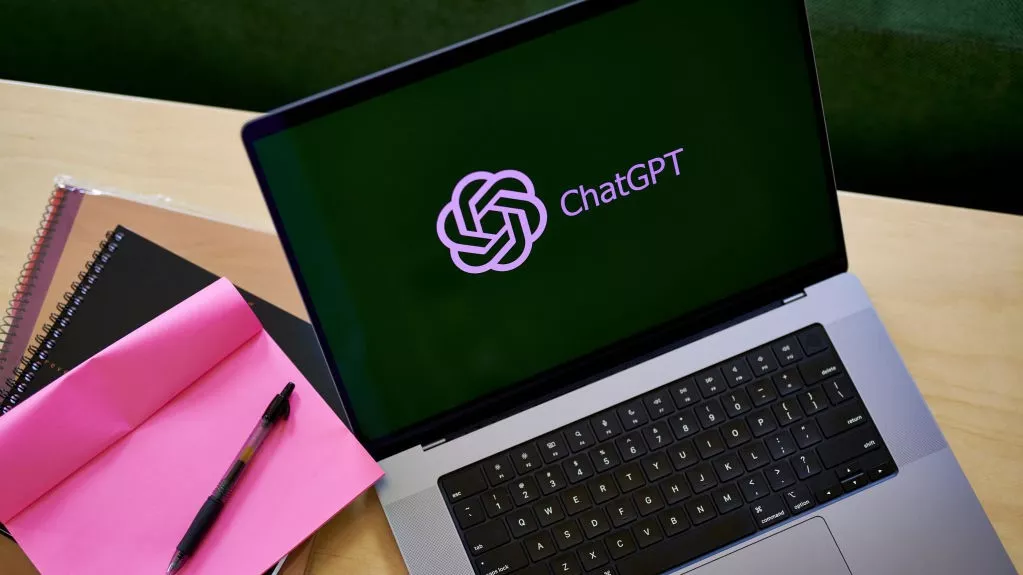ChatGPT recently revealed that it had passed the Turing test by tricking over 50% of people serving as judges in a series of virtual experiments.
Nonetheless, it is also vital to understand that the Turing test isn’t a perfect review tool for machine intelligence. There are still numerous areas where ChatGPT and other AI systems fall short compared to human intellect.

What is a Turing Test?
The Turing test, introduced by Alan Turing in 1950, is a method to assess the intelligence level of a machine. This test requires evaluators to judge conversations between a human and a machine designed to produce human-like responses. The conversation would be made through text-based channels such as a keyboard or screen to avoid any bias.
If at least 50% of the evaluators are not able to detect any differences between the two, then the machine would be regarded as having passed the test.
Turing Test has been a very influential and controversial concept in artificial intelligence with many variations such as the Loebner Prize competition being developed over the years. However, it has also faced criticism from various perspectives such as John Searle’s Chinese room argument, which challenges the idea that passing the Turing test implies thinking or understanding.
Turing Test on ChatGPT
The OpenAI and Stanford University researchers conducted an experiment that saw ChatGPT pass the Turing test. During this trial, 100 evaluators were asked to talk with either a human or ChatGPT for 10 minutes through a text-based interface, and tasked with rating the conversational partners on various aspects – like coherence, fluency, informativeness, relevance, and humanness.
At the end of each conversation, they had to guess whether it was a machine or someone they spoke to. It was discovered that 52% of the evaluators believed their conversational partner was human – surpassing the 50% threshold required to pass the Turing test and outranking humans on certain aspects such as coherence and informativeness.
What does it mean? Passing Turning Test
The fact that ChatGPT has passed the Turing test is a remarkable achievement for artificial intelligence research and development. It demonstrates that machines can generate natural language responses that are grammatically correct and logically consistent, engaging and convincing enough to pass as humans.
It also shows that machines can learn from large amounts of data and produce diverse and creative texts without being explicitly programmed for specific tasks or domains. However, passing the Turing test does not necessarily mean that ChatGPT can think or understand as humans do. As Turing himself acknowledged in his original paper,
“We may hope that machines will eventually compete with men in all purely intellectual fields. But which are the best ones to start with? Even this is a difficult decision … The original question ‘Can machines think?’ I believe it to be too meaningless to deserve discussion.”
Therefore, passing the Turing test should not be seen as an end goal or a definitive proof of machine intelligence, but rather as a milestone or a challenge for further research and development.
How did ChatGPT pass the Turing test?
ChatGPT passed the Turing test by using GPT-3.5, a large-scale language model that was trained on a massive amount of text data from the web. This made ChatGPT capable of producing logical and diverse outputs concerning numerous subjects with only some initial input or context to guide it. We can only image than what GPT 4 is capable of.
Moreover, ChatGPT was able to adjust its way of speaking depending on the questions that were asked and could be either casual, formal, humorous, or even sarcastic. It also used something called Reinforcement Learning from Human Feedback (RLHF) which allowed it to learn from talking to people and get better over time.
RLHF involves collecting human ratings and rankings of different model responses and using them as rewards or penalties for the model. This way, the model can learn to generate responses that are coherent, fluent, informative, relevant, and more human-like. It took ChatGPT several iterations of RLHF training to pass the Turing Test, as it used data from human AI trainers who provided conversations and comparisons of different model responses.
What’s Next for ChatGPT?

ChatGPT is still a work in progress and has many limitations and challenges to overcome. For example, ChatGPT sometimes writes plausible-sounding but incorrect or nonsensical answers. It is also sensitive to tweaks to the input phrasing or attempting the same prompt multiple times. It can also be excessively verbose and overuse certain phrases, such as restating that it’s a language model trained by OpenAI.
To address these issues, OpenAI is working on improving ChatGPT’s accuracy, consistency, conciseness, and originality. It is also exploring ways to make ChatGPT more aware of its own limitations and capabilities, such as admitting when it does not know something or asking for clarification when it is unsure. Moreover, OpenAI is developing safety standards and best practices for using ChatGPT responsibly and ethically.
Expanding ChatGPT capabilities
ChatGPT has already demonstrated its ability to generate natural language responses that can pass as human in a text-based conversation. Yet, there are many other aspects of human communication that ChatGPT can learn and incorporate into its responses. For example,
Emotions: ChatGPT can learn to detect and express emotions in its responses, such as happiness, sadness, anger, or surprise. This makes ChatGPT more empathetic and engaging with you.
Multimodality: ChatGPT can learn to use other modes of communication besides text, such as images, audio, video, or emojis. This makes ChatGPT more versatile and creative with its responses.
Context: ChatGPT can learn to use more contextual information in its responses, such as your profile, preferences, history, location, or time. This makes ChatGPT more personalized and relevant to its responses.
Knowledge: ChatGPT can learn to use more factual and reliable sources of information in its responses, such as Wikipedia, news articles, or databases. This makes ChatGPT more accurate and reliable with its responses.
Integration of ChatGPT with other platforms
ChatGPT has already been integrated with various platforms and applications that can benefit from its natural language generation capabilities. For example,
Azure OpenAI Service: ChatGPT is available in preview in Azure OpenAI Service, which allows developers to integrate custom AI-powered experiences directly into their own applications.
ChatGPT plugins: ChatGPT supports plugins that enable it to access up-to-date information, run computations, or use third-party services. Some of the plugins available include Expedia, Instacart, Shopify, Slack, Wolfram, and Zapier.
WhatsApp: ChatGPT can be used in WhatsApp by creating a chatbot that can send and receive chat conversations using the ChatGPT API.
Google Sheets: ChatGPT can be integrated with Google Sheets using an add-on that allows users to generate text from spreadsheet data or vice versa.
Newegg: ChatGPT powers Newegg’s PC Building Tool, which helps users find compatible parts and components for their custom PC builds.
Conclusion
ChatGPT has achieved a remarkable feat by passing the Turing test, a classic benchmark for artificial intelligence. By generating natural and convincing responses to human judges, ChatGPT has demonstrated its ability to mimic human conversation and understanding. However, passing the Turing test does not mean that ChatGPT is truly intelligent or conscious. It only means that it can fool some people some of the time.